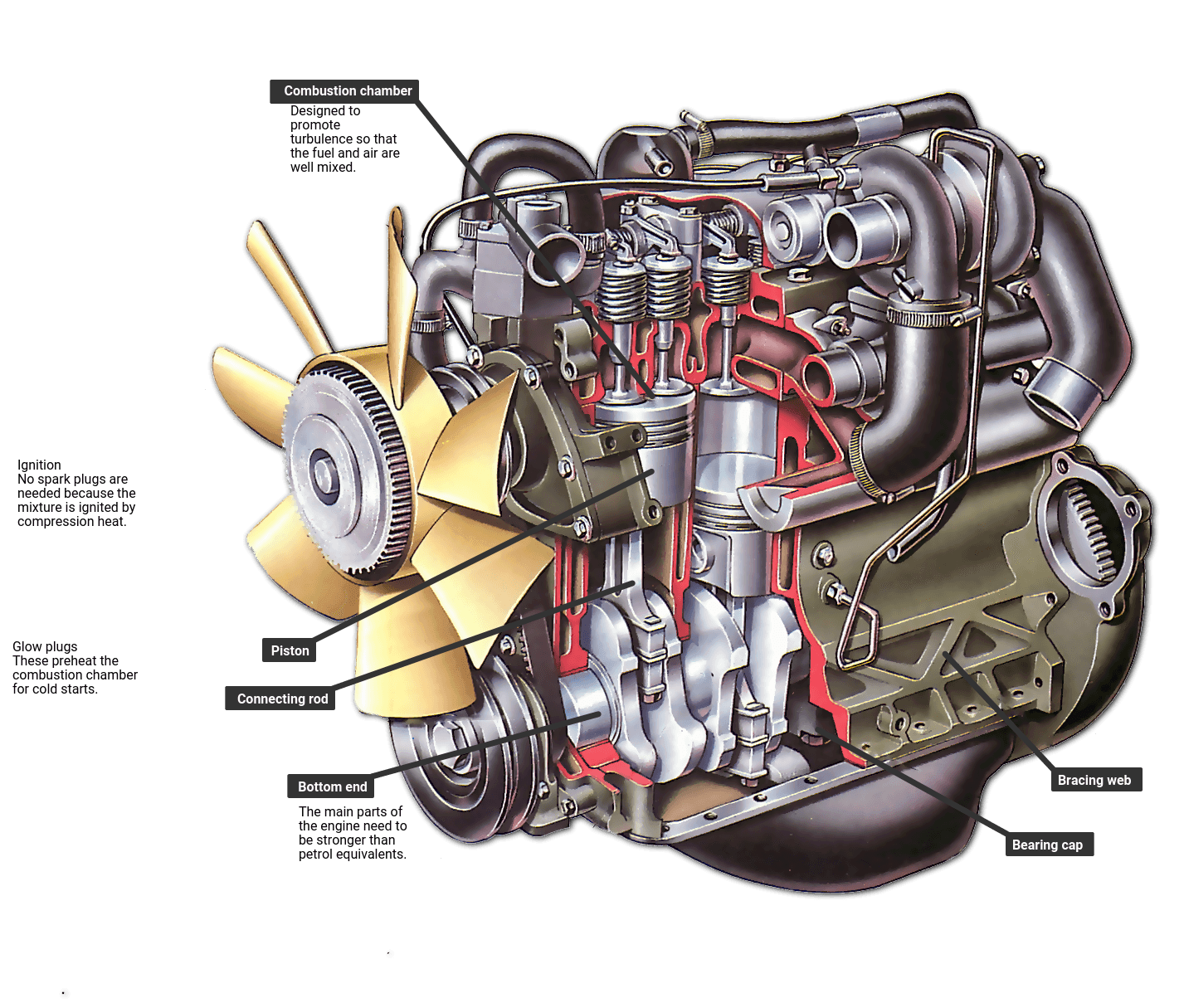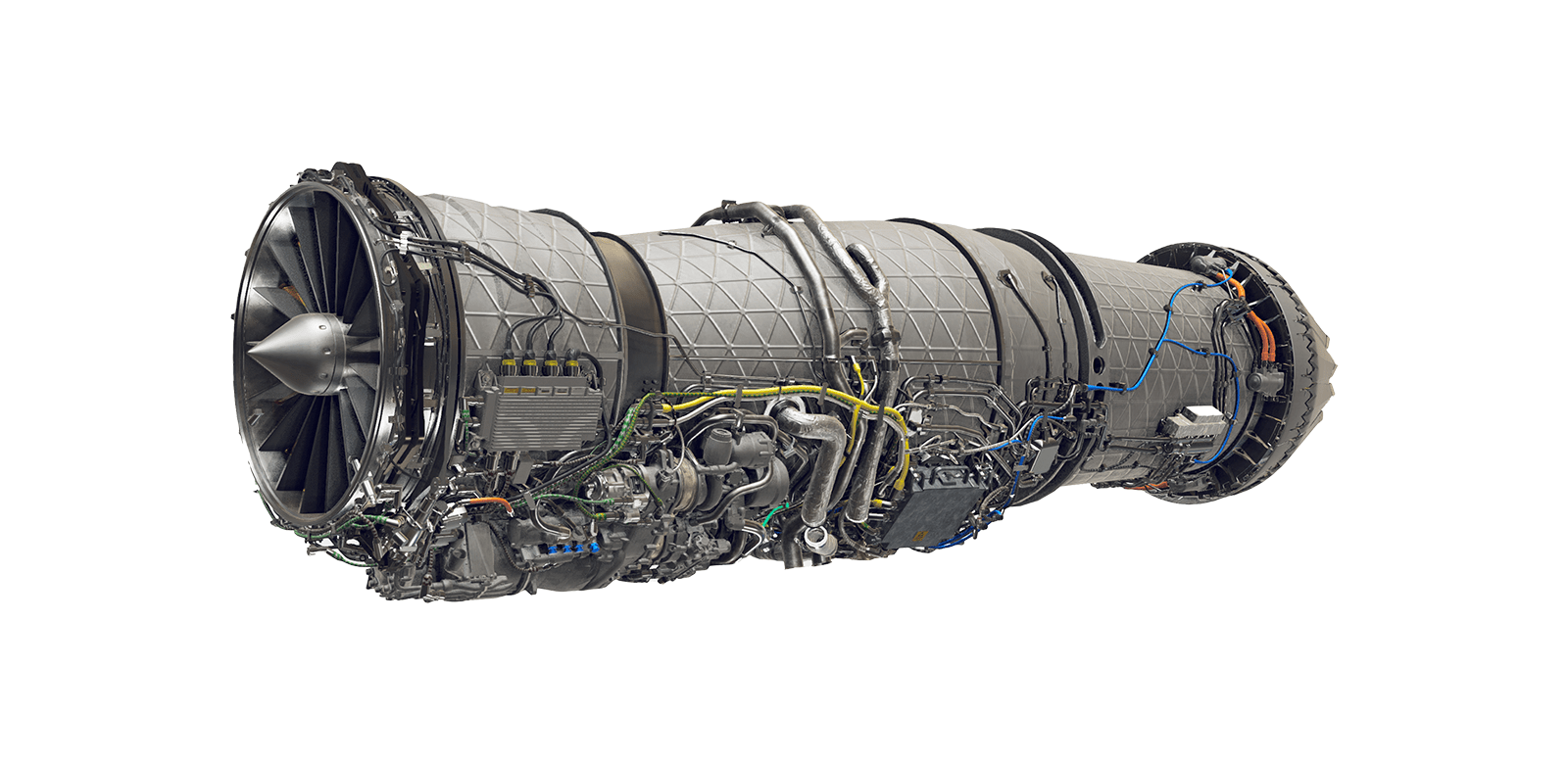Car Components Store Offering Engines for Africa: Your Source for Top Quality Automobile Components
Car Components Store Offering Engines for Africa: Your Source for Top Quality Automobile Components
Blog Article
The Mission for Ultimate Driving Power: Examining the Pinnacle of Engine Efficiency and Technological Advancements in the Automotive Industry
In the world of auto design, the search of maximum driving power has been a relentless quest that has unfolded with the evolution of engine design and the assimilation of sophisticated technologies. From the careful workmanship of combustion engines to the quick developments in electrical propulsion systems, the automotive sector stands at the cusp of a new era characterized by extraordinary performance capabilities.
Advancement of Engine Style

Furthermore, the assimilation of turbocharging and supercharging technologies has changed engine style by enhancing power without considerably enhancing engine dimension. These forced induction systems press the consumption air, enabling more gas to be combusted, therefore generating greater power outcome from a smaller sized engine. This advancement has been specifically important in enhancing the performance of smaller sized displacement engines while maintaining fuel efficiency criteria.

Performance-Enhancing Gas Technologies
The application of innovative fuel technologies has considerably added to enhancing engine performance in modern-day cars. Biofuels, derived from renewable resources like corn, sugarcane, or algae, offer minimized exhausts and enhanced engine efficiency. Additionally, gas additives and detergents are being formulated to clean engine elements, optimize combustion, and reduce friction, consequently boosting overall car efficiency.
Advancements in Electric Propulsion
Significant strides in electrical propulsion innovation have revolutionized the vehicle market, paving the way for a brand-new period of effective and sustainable transportation. Electric vehicles (EVs) are acquiring popularity as a result of their ecological benefits and advancements in battery technology, allowing longer driving arrays and shorter billing times. Producers are investing greatly in study and growth to improve the performance of electrical propulsion systems, concentrating on boosting power output, boosting power efficiency, and reducing overall weight.
One significant development in electric propulsion is the development of advanced electrical motors that supply greater torque and power thickness, leading to enhanced velocity and general driving efficiency. Furthermore, regenerative stopping systems have actually been improved to save and record energy throughout slowdown, more improving the effectiveness of EVs.
Moreover, the combination of wise technologies, such as expert system and anticipating analytics, is optimizing the administration of electrical propulsion systems, ensuring optimum performance under numerous driving conditions. These improvements in electric propulsion are improving the automobile landscape, driving the market towards an extra sustainable and amazed future.
Influence of Computational Fluid Characteristics
With developments in electric propulsion pressing the borders of vehicle innovation, the integration of Computational Liquid Characteristics is playing a crucial function in optimizing aerodynamic performance and improving general efficiency in vehicle design. Computational Fluid Characteristics (CFD) includes using computer system simulations to analyze the flow of air around an automobile, making it possible for engineers to predict how style adjustments will affect aerodynamics without the demand for costly physical prototypes. By precisely modeling airflow patterns, CFD enables the refinement of vehicle forms to reduce drag, improve cooling, and boost security.
CFD enables designers to maximize airflow around elements such as radiators, engine bays, and wheel wells, contributing to enhanced efficiency and overall driving experience. In verdict, the combination of Computational Liquid Dynamics stands for a considerable action ahead in the quest for ultimate driving power and performance in the read more auto market.
Future Patterns in Engine Advancement
In the dynamic landscape of automotive engineering, sophisticated developments are shaping the future trajectory of engine development. The future of engine design is noted by a solid emphasis on effectiveness, performance, and sustainability. Makers are progressively concentrating on establishing engines that not only supply high power outcomes however additionally prioritize environmental duty by improving and minimizing exhausts gas efficiency.
One noticeable pattern in engine innovation is the surge of electrification. Hybrid and electrical powertrains are obtaining traction as practical choices to conventional burning engines. These technologies provide the capacity for significant reductions in carbon discharges and increased energy performance, lining up with global efforts to fight climate adjustment.
Furthermore, innovations in products scientific research and manufacturing strategies are enabling the production of lighter and extra durable engine parts. This shift in the direction of light-weight materials such as carbon fiber and light weight aluminum alloys adds to improved efficiency and gas economic situation.
Verdict
In verdict, the search of supreme driving power in the automobile industry continues to drive developments in engine style, gas innovations, electric propulsion, and computational liquid dynamics. The development of these technologies is shaping the future of from this source engine technology, leading the way for a lot more effective and effective vehicles (engines for africa). As the market proceeds to press the boundaries of what is possible, we can expect to see a lot more innovative developments in the mission for peak performance
One of the vital turning points in engine style advancement is the change from traditional carbureted engines to contemporary fuel-injected systems. By specifically metering the fuel delivery to each cyndrical tube, fuel-injected engines enhance burning, resulting in better performance and decreased environmental influence.
Furthermore, the assimilation of turbocharging and turbo charging technologies has transformed engine design resource by improving power without substantially enhancing engine dimension (engines for africa).The implementation of innovative gas innovations has actually considerably contributed to improving engine performance in modern cars. In addition, fuel additives and cleaning agents are being created to tidy engine elements, maximize combustion, and lower friction, thus enhancing general car efficiency
Report this page